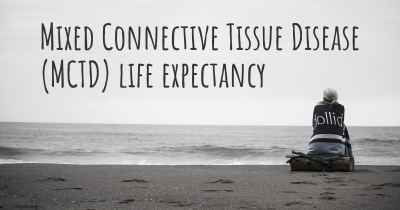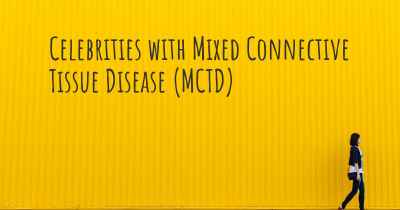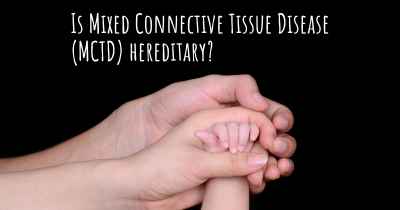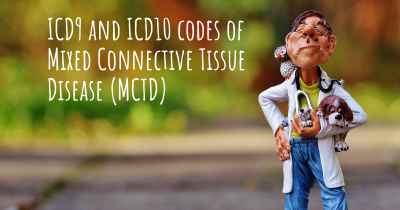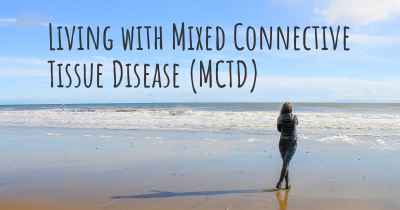Is it advisable to do exercise when affected by Mixed Connective Tissue Disease (MCTD)? Which activities would you suggest and how intense should they be?
See if it is advisable for people with Mixed Connective Tissue Disease (MCTD) to practice sports and which ones are the most recommended if you have Mixed Connective Tissue Disease (MCTD)
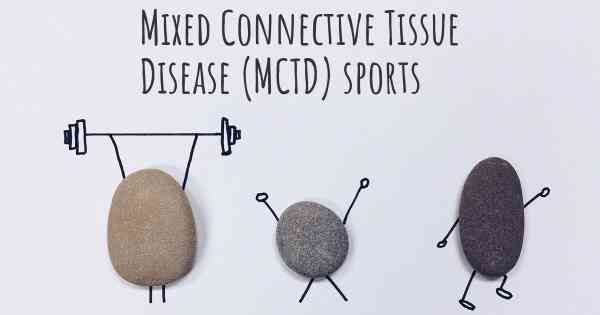
Is it advisable to do exercise when affected by Mixed Connective Tissue Disease (MCTD)?
Mixed Connective Tissue Disease (MCTD) is a rare autoimmune disorder that combines features of several other connective tissue diseases, including systemic lupus erythematosus, scleroderma, and polymyositis. It primarily affects the connective tissues of the body, causing inflammation and damage.
When it comes to exercise and MCTD, it is important to approach physical activity with caution. While exercise can have numerous benefits for overall health and well-being, it is crucial to consider the individual's specific condition and limitations.
Benefits of Exercise for MCTD:
Regular exercise can provide several benefits for individuals with MCTD:
- Improved cardiovascular health: Engaging in aerobic exercises, such as walking, swimming, or cycling, can help improve heart and lung function, enhancing overall cardiovascular health.
- Increased muscle strength: Strengthening exercises, such as weightlifting or resistance training, can help improve muscle strength and endurance, which may be beneficial for individuals with MCTD who experience muscle weakness.
- Better joint flexibility: Stretching exercises, such as yoga or Pilates, can help improve joint flexibility and range of motion, potentially reducing stiffness and pain associated with MCTD.
- Enhanced mood and mental well-being: Exercise releases endorphins, which can improve mood and reduce symptoms of depression and anxiety often associated with chronic illnesses like MCTD.
Choosing the Right Activities:
When selecting exercises for individuals with MCTD, it is important to focus on low-impact activities that minimize stress on the joints and muscles. Some suitable exercises may include:
- Walking: Walking is a low-impact aerobic exercise that can be easily modified to suit individual fitness levels. It can be done outdoors or on a treadmill, allowing for increased cardiovascular endurance without excessive strain on the joints.
- Swimming or water aerobics: These activities provide excellent cardiovascular benefits while reducing stress on the joints. The buoyancy of water helps support the body, making it an ideal choice for individuals with joint pain or muscle weakness.
- Yoga or gentle stretching: These exercises focus on improving flexibility, balance, and relaxation. They can help alleviate muscle stiffness and joint discomfort commonly experienced in MCTD.
- Stationary biking: Cycling on a stationary bike is a low-impact exercise that can improve cardiovascular fitness and leg strength without putting excessive strain on the joints.
Exercise Intensity:
The intensity of exercise should be tailored to the individual's abilities and limitations. It is essential to start slowly and gradually increase the intensity and duration of exercise over time. Listening to the body and avoiding overexertion is crucial to prevent exacerbation of symptoms.
Consulting with a healthcare professional, such as a rheumatologist or physical therapist, is highly recommended before starting an exercise program. They can provide personalized guidance and recommendations based on the individual's specific condition and overall health.
Conclusion:
While exercise can be beneficial for individuals with Mixed Connective Tissue Disease (MCTD), it is crucial to approach it with caution and consider the individual's limitations. Low-impact activities, such as walking, swimming, yoga, or stationary biking, can provide numerous benefits without putting excessive strain on the joints and muscles. Starting slowly and gradually increasing the intensity, while listening to the body, is key to a safe and effective exercise routine. Consulting with a healthcare professional is essential to receive personalized guidance and ensure the exercise program is suitable for the individual's specific condition.
Posted Sep 17, 2017 by Tina Cavitt 3820
Posted Nov 19, 2018 by Kelly 5450
Posted Apr 18, 2019 by DelightfullyChaotic 1220
Posted Jan 12, 2022 by Kendalla 1100
